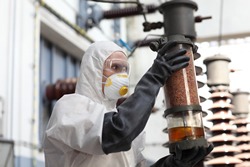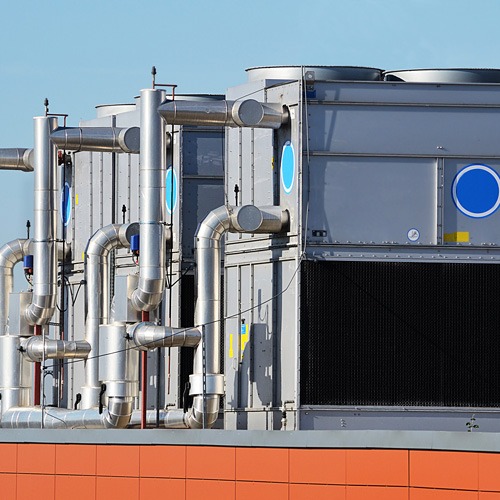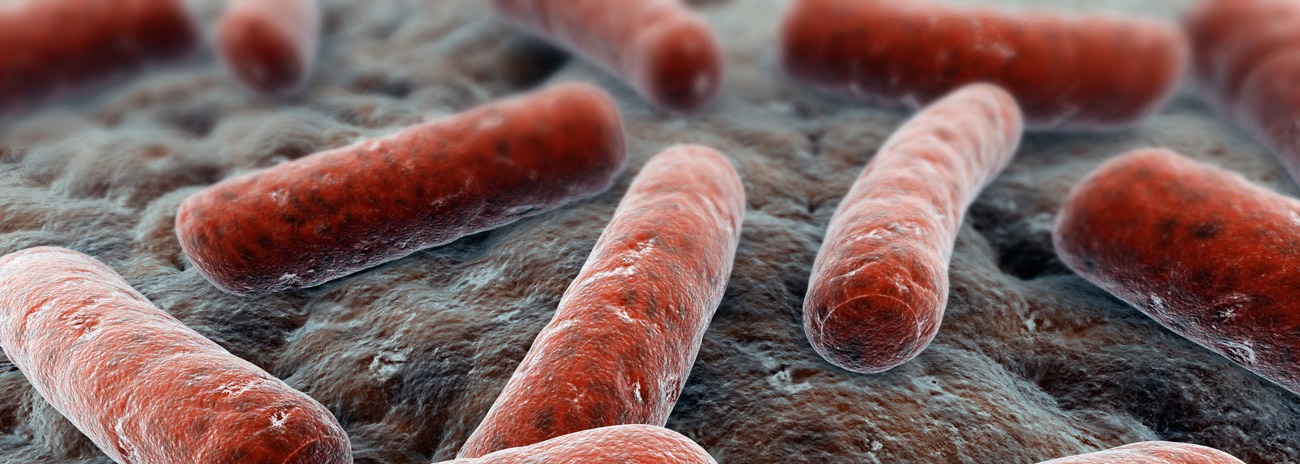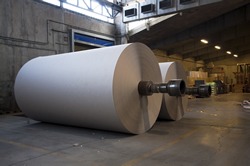Infection Control at Work
- working with animals (e.g. farming);
- working with people who might be infectious (e.g. patients in hospitals);
- handling waste material that may be contaminated with microorganisms (e.g. refuse disposal);
- working in an environment or with equipment (e.g. sewer maintenance) that could be contaminated.
What do I have to do?
You can deal with the risks from infection at work in the same way as any other health and safety issue. You need to:
- identify the hazards;
- assess the risks;
- control the risks.
As well as considering the risks to your employees, you also need to decide whether the work that you do puts others at risk of infection. For example, you may run a farm that is also open to the public. You have a duty under health and safety law to protect your visitors too.
Although some jobs involve dealing with lots of people, eg driving a bus, the risk of infection in the course of such work is likely to be no greater than that of, say, the passenger who uses the bus every day. The risk of infection has to be foreseeable before you need to carry out an assessment and take measures to control the risks. For example, someone who cleans buses in certain areas may be at risk from contact with dirty needles and other rubbish. They need to be protected during the course of their work.
Although your employees may well pick up infections from workmates (just as they might from their friends and family outside work) – these infections are not your responsibility under health and safety law. This is because the infection is just as likely to be caught outside the workplace as in it. But there may be other laws which require you to take action.
Risk assessments
Carrying out a risk assessment is your responsibility as the employer. You may be able to carry out the assessment yourself but, if not, you should call on help and advice from within your own organisation, or if this is not available, from outside sources, e.g. consultancies.
If you employ more than five people you must write down the significant findings of your assessment. You should record the significant hazards identified in your assessment, and the controls that are in place or are to be used. If you have fewer than five employees, you do not need to write anything down, but you may find it useful to keep a written record of what you have done.
Your risk assessment is a living document and should reflect any changes in the work that you do, new equipment that is used or a new work activity is added if this changes the risk or leads to new hazards being introduced. It is also good practice to review your assessment from time to time to make sure that the controls you are using are working and still appropriate… request a copy of the full document >>
Extracted from “Infection at work: Controlling the risks” © Crown copyright






